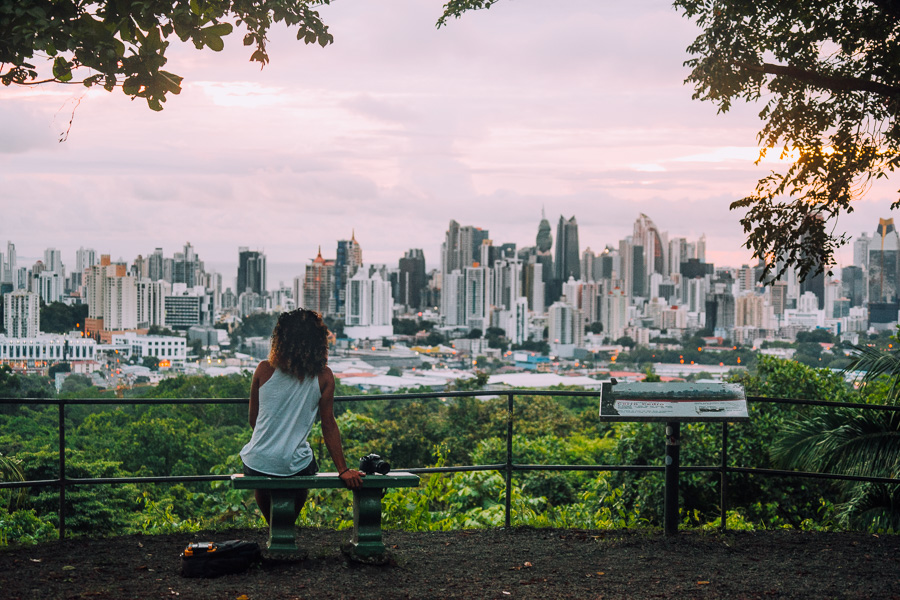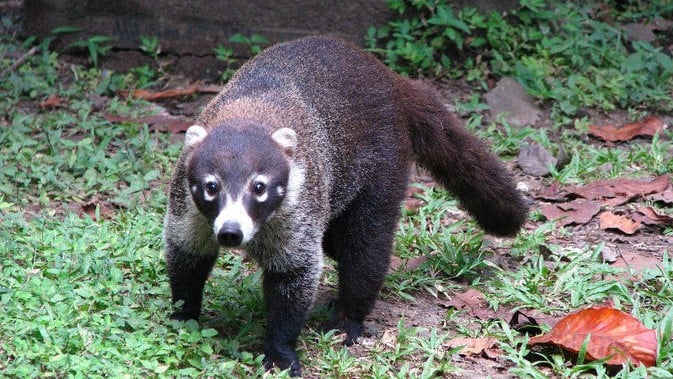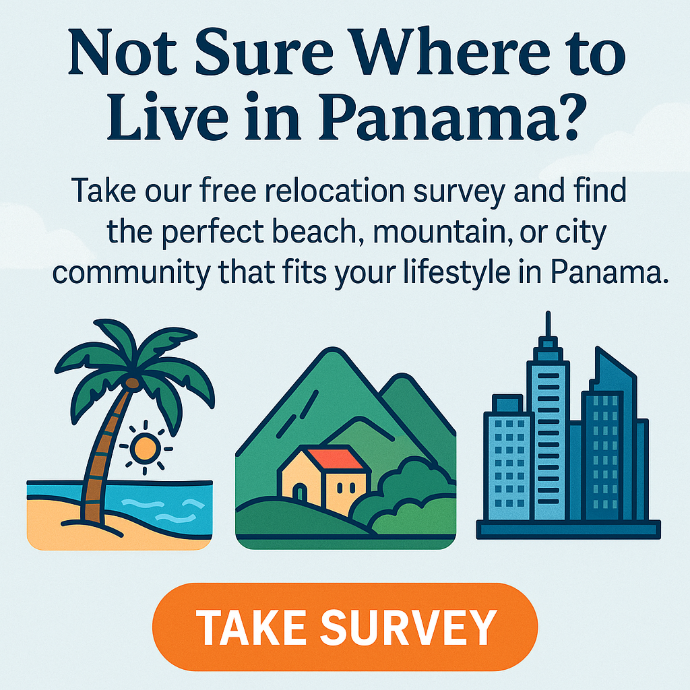Panama City is unique among the world's capitals for its remarkable blend of urban development and natural landscapes, thanks to the Metropolitan Natural Park. Nestled within the city’s boundaries, this urban rainforest is a testament to Panama's commitment to preserving nature amidst rapid urbanization.
In this article, you will learn:
- The role of Metropolitan Natural Park in urban conservation.
- The variety of wildlife and plant species that inhabit the park.
- How the park benefits the local community and visitors alike.
Discover how Panama City harmoniously blends urban life with natural preservation at the Metropolitan Natural Park.
1. A Haven of Green in the Heart of the City The Metropolitan Natural Park, established as part of Panama City's green initiative, serves as a critical lung and ecological refuge in the urban environment. Covering over 265 hectares, it is the largest urban park in Central America and provides a crucial habitat for a diverse range of flora and fauna. The park features several trails, viewing platforms, and educational centers, making it an accessible escape for city dwellers and a practical example of sustainable urban planning.

2. Rich Biodiversity Amidst the Urban Landscape The park is home to over 220 bird species, 45 mammal species, and a variety of reptiles, amphibians, and insects, making it a microcosm of Panama’s broader ecological diversity. Notable species include sloths, various tropical birds, and the unique agoutis. The park’s biodiversity is a living laboratory for scientists and educational groups, offering invaluable insights into tropical ecology and conservation practices.
3. Educational and Recreational Benefits The Metropolitan Natural Park is not only a conservation area but also an educational resource that offers environmental education programs for schools and the public. These programs aim to raise awareness about the importance of biodiversity and conservation. Recreationally, the park provides numerous activities such as bird watching, hiking, and photography, making it a popular spot for both locals and tourists seeking a tranquil environment away from the urban hustle.

4. Challenges and Future Directions Managing urban natural reserves like the Metropolitan Natural Park involves ongoing challenges such as balancing human activity with conservation and dealing with the impacts of surrounding urban development. Future plans include enhancing the park’s facilities, increasing educational outreach, and implementing more robust conservation strategies to ensure the park remains a sustainable part of the city’s landscape.
Conclusion: The Metropolitan Natural Park in Panama City exemplifies how urban spaces can successfully incorporate significant green areas to enhance biodiversity and improve the quality of life for its residents. As Panama City continues to grow, the park will play a pivotal role in promoting environmental stewardship and sustainable urban living.
If Panama’s innovative approach to combining urban living with natural beauty intrigues you, consider exploring what else Panama has to offer. Take our DoPanama Relocation Survey to discover locations that align with your lifestyle, or schedule a complimentary 30-minute Zoom consultation with our Relocation Expert, Austin Hess, for more personalized insights.

